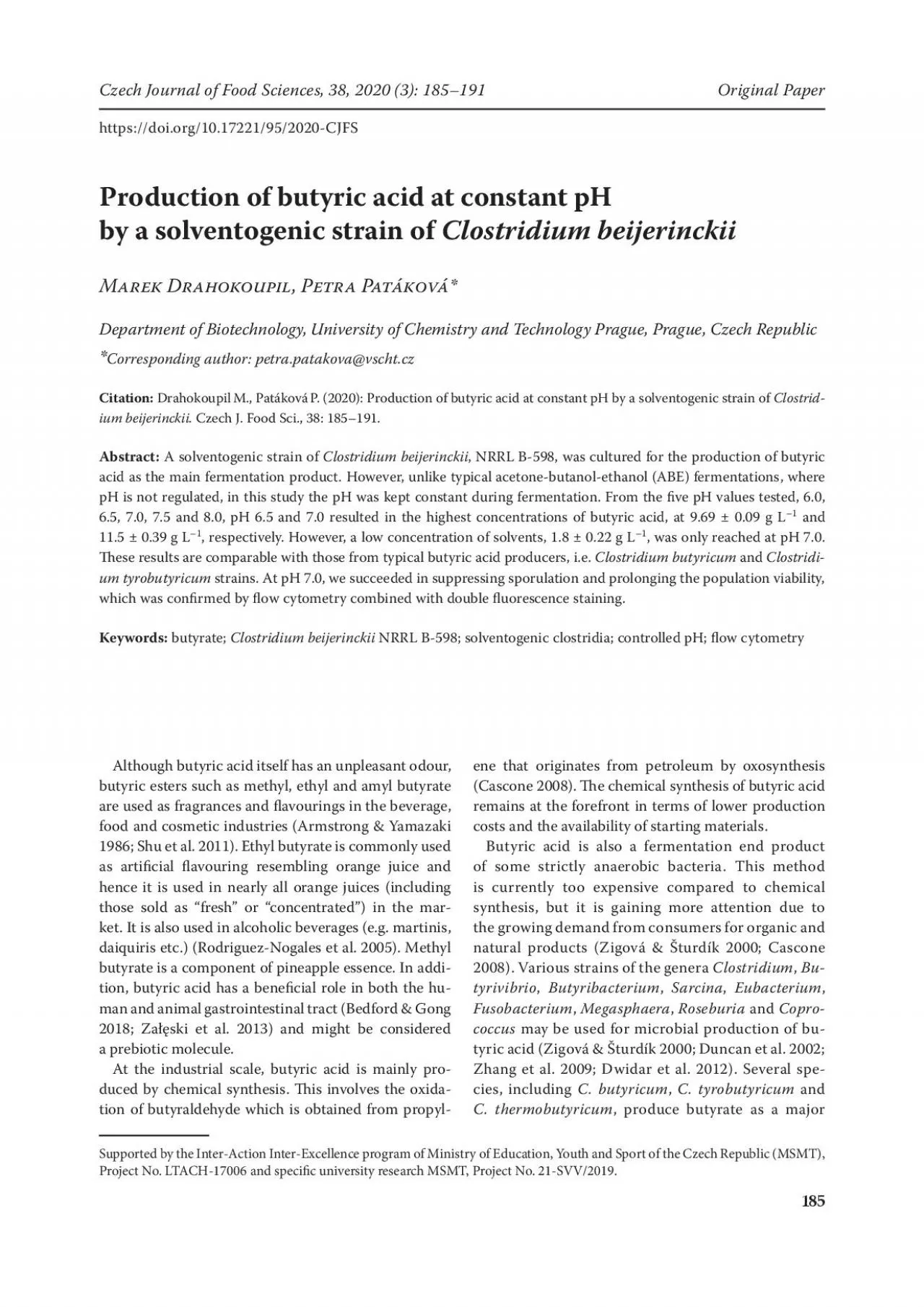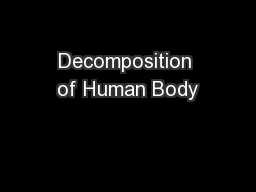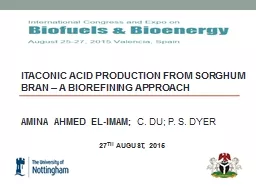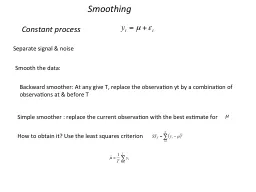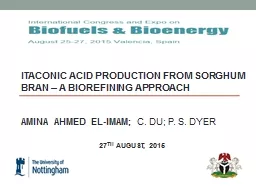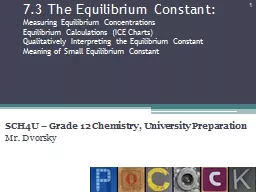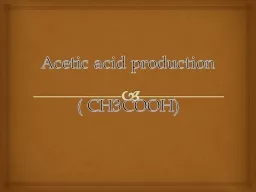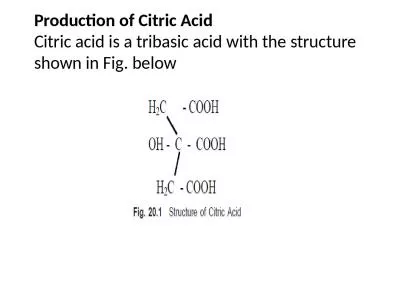PDF-Production of butyric acid at constant pH
Author : tracy | Published Date : 2022-08-20
185 by a31solventogenic strain of Clostridium beijerinckii M31302928 D30312726282625242322 P29213031 P31212028261920 D
Presentation Embed Code
Download Presentation
Download Presentation The PPT/PDF document "Production of butyric acid at constant p..." is the property of its rightful owner. Permission is granted to download and print the materials on this website for personal, non-commercial use only, and to display it on your personal computer provided you do not modify the materials and that you retain all copyright notices contained in the materials. By downloading content from our website, you accept the terms of this agreement.
Production of butyric acid at constant pH: Transcript
Download Rules Of Document
"Production of butyric acid at constant pH"The content belongs to its owner. You may download and print it for personal use, without modification, and keep all copyright notices. By downloading, you agree to these terms.
Related Documents

